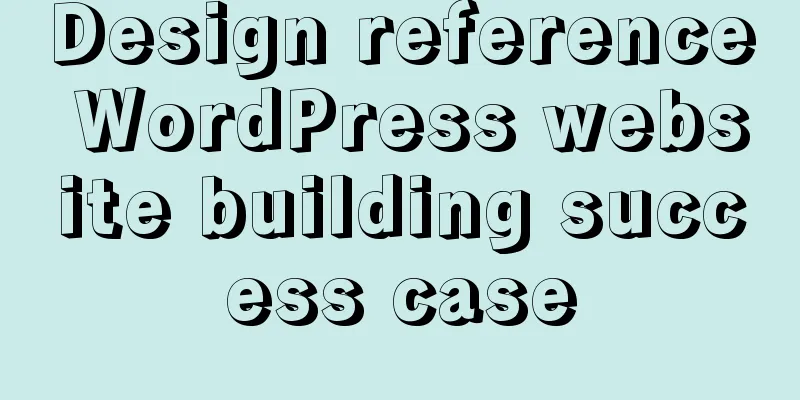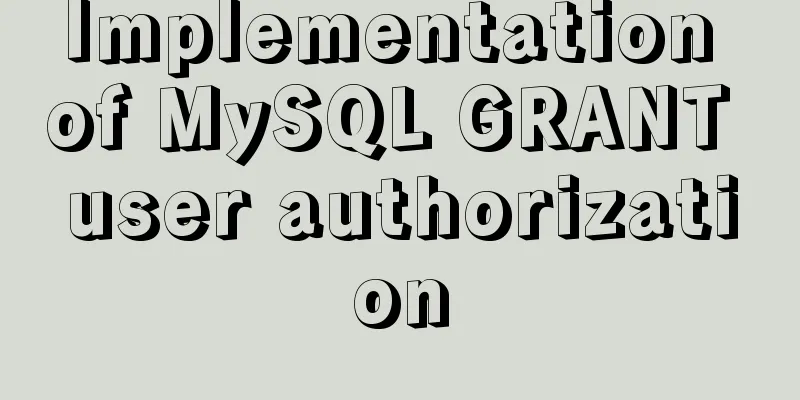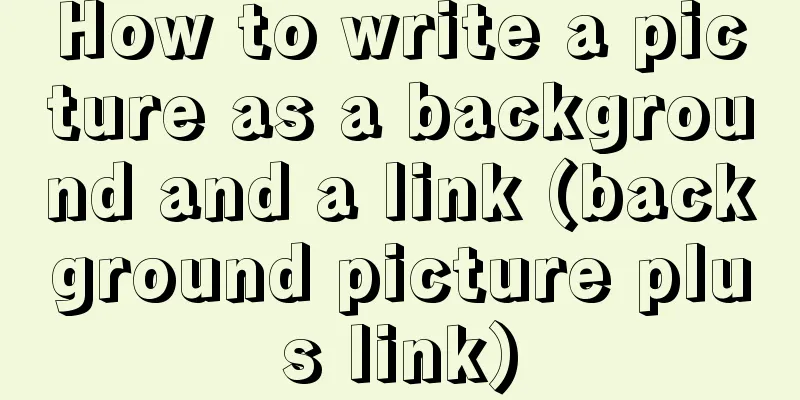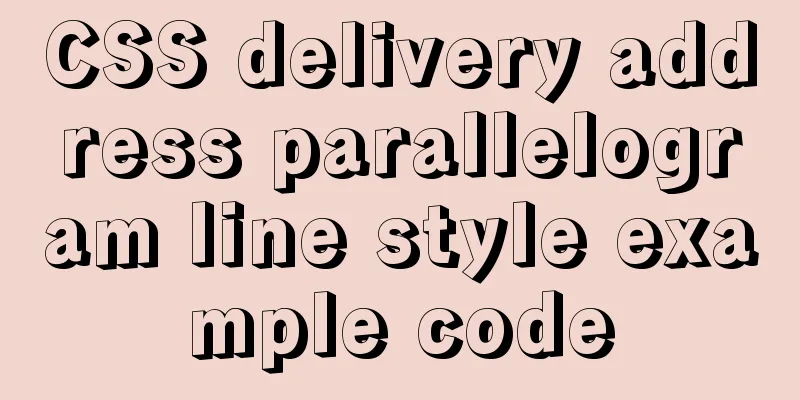How to use webpack and rollup to package component libraries

PrefaceI made a loading style component before. In order to achieve code reusability, I packaged this small project and published it on npm. During the packaging and distribution process, I encountered errors one after another. The @buzuosheng/loading component has reached version 2.7.0. Although there are still some places to be adjusted, it is finally usable.
Comparison between webpack and rollupWebpack is the most commonly used packaging tool among programmers. Questions related to webpack are often asked in interviews, while questions about rollup are asked much less frequently. One reason for this phenomenon is the idea of using webpack for application development and rollup for library development. However, both packaging tools have powerful plug-in development capabilities, and the functional differences are becoming increasingly blurred, but rollup is simpler to use and can produce smaller files. But when we are doing front-end applications, performance analysis often requires smaller libraries, so rollup is more in line with the requirements of development libraries. This is a packaging experiment, and we use two tools to package the project. Bundling with webpackBefore packaging, you need to add or change some fields in the package.json file.
{
// The main entry module of the program. The user references the export of this module "main": "dist/bundle.js",
// Files included in the project "files": [
"src",
"dist"
],
// Move react and react-dom to this configuration, compatible with dependency "peerDependencies": {
"react": "^17.0.1",
"react-dom": "^17.0.1"
},
}
Webpack packaging requires many libraries to process different files. This project is relatively small, so only two libraries are used.
// webpack.config.js
const path = require('path');
const MiniCssExtractPlugin = require("mini-css-extract-plugin");
module.exports = {
mode: 'production',
entry: './src/Loading.jsx',
output: {
filename: "index.js",
path: path.join(__dirname, "./dist/"),
libraryTarget: 'umd',
},
optimization:
minimize: false,
},
resolve: {
extensions: ['.jsx']
},
module: {
rules:
{
test: /\.css$/,
loader: [MiniCssExtractPlugin.loader, 'css-loader?modules'],
},
{
test: /\.(js|jsx)$/,
loader: "babel-loader",
exclude: /node_modules/,
},
]
},
plugins: [
new MiniCssExtractPlugin({
filename: "main.min.css" // The file name of the extracted CSS file})
],
}
I should have written about the configurations for both development and production environments, but here I only wrote about the configuration for the production environment. Use rollupThere are more libraries used in rollup.
// rollup.config.js
// Solve the problem that rollup cannot recognize commonjs import commonjs from 'rollup-plugin-commonjs'
// babel handles the conversion of es6 code import babel from 'rollup-plugin-babel'
// resolve merges the source code we wrote with the dependent third-party libraries import resolve from 'rollup-plugin-node-resolve'
// postcss processes css files import postcss from 'rollup-plugin-postcss'
export default {
input: "src/Loading.jsx",
// Package a cjs file and an es file output: [
{
file: "dist/loading.es.js",
format: "es",
globals:
react: 'React',
},
}, {
file: 'dist/loading.cjs',
format: "cjs",
globals:
react: 'React',
},
},
],
external: ['react'],
plugins: [
postcss(
{ extensions: ['.css'] }
),
babel({
exclude: "node_modules/**",
runtimeHelpers: true,
}),
commonjs(),
resolve(),
],
}
Send package to npmPublishing to npm only takes a few commands. npm pack After packaging the project, the command line outputs detailed information about the compressed package.
Updated version npm version [<newversion> | major | minor | patch | premajor | preminor | prepatch | prerelease [--preid=<prerelease-id>] | from-git] Select different commands according to the size of the change. Finally use the publish command. npm publish Then you will receive an email indicating that your package has been published successfully. This is the end of this article about how to use webpack and rollup to package component libraries. For more relevant webpack and rollup packaging component library content, please search for previous articles on 123WORDPRESS.COM or continue to browse the following related articles. I hope everyone will support 123WORDPRESS.COM in the future! You may also be interested in:
|
<<: Implementation code for using mongodb database in Docker
>>: Detailed discussion of InnoDB locks (record, gap, Next-Key lock)
Recommend
Detailed explanation of the 8 attribute values of the background attribute (interview question)
The value of the background property in CSS backg...
Example analysis of the use of GROUP_CONCAT in MySQL
This article uses an example to describe how to u...
MySQL 8.0.26 installation and simplified tutorial (the most complete on the Internet)
Table of contents 1. Download MySQL 1.1 Download ...
Several implementation methods of the tab bar (recommended)
Tabs: Category + Description Tag bar: Category =&...
Install Mininet from source code on Ubuntu 16.04
Mininet Mininet is a lightweight software defined...
Detailed explanation of the difference between var, let and const in JavaScript
Table of contents As a global variable Variable H...
Detailed explanation of Vue two-way binding
Table of contents 1. Two-way binding 2. Will the ...
Tutorial on using $attrs and $listeners in Vue
Table of contents introduce Example Summarize int...
What are inline elements and block elements?
1. Inline elements only occupy the width of the co...
Detailed explanation of the use of stat function and stat command in Linux
stat function and stat command Explanation of [in...
W3C Tutorial (5): W3C XML Activities
XML is designed to describe, store, transmit and ...
CSS3 click button circular progress tick effect implementation code
Table of contents 8. CSS3 click button circular p...
JavaScript style object and CurrentStyle object case study
1. Style object The style object represents a sin...
Summary and examples of vue3 component communication methods
The communication modes of vue3 components are as...
Detailed explanation of display modes in CSS tags
Label display mode (important) div and span tags ...











